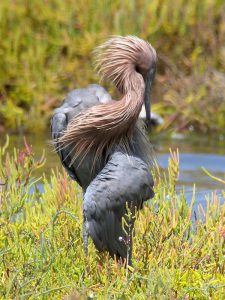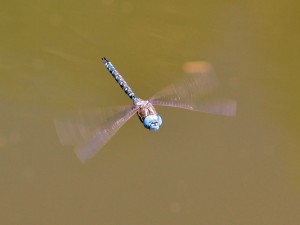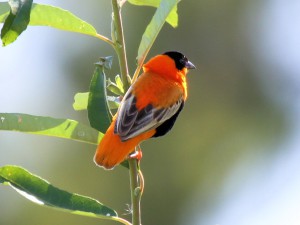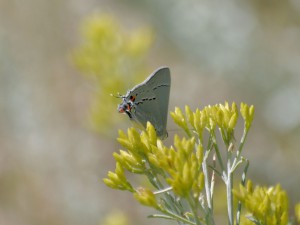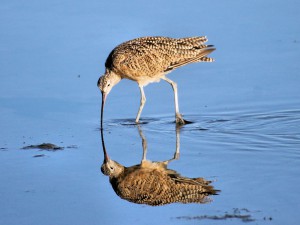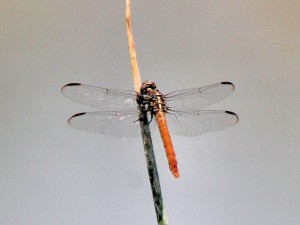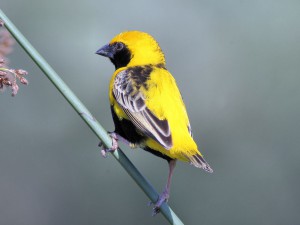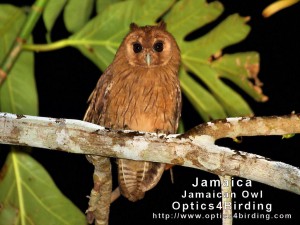When people find out I’m a birder, one of the most frequent questions is “What’s your favorite bird?” Sometimes I’ll give a flippant answer such as “My next life bird.” Other times, I’ll say that I love all birds and can’t pick a favorite – that each is special in its own way. I do have an affinity for Magnificent Frigatebirds, because seeing an adult male flying fifteen feet over my head while standing on a dock on Key West was the experience that triggered my choice to actively pursue the hobby of birding. But there are in fact some birds that are definitely cooler than others, be they prettier, uglier, sweet singers, or just plain quirky. One of these is the Reddish Egret (Egretta rufecens).
Reddish Egrets, once rare in Southern California, have been moving gradually up the coast. They now inhabit estuaries from San Diego through Ventura. Recently, they are visiting Santa Barbara. At Bolsa Chica Ecological Reserve, they are breeding. Birders frequently report sightings of 2 or 3 individuals. Continue reading

